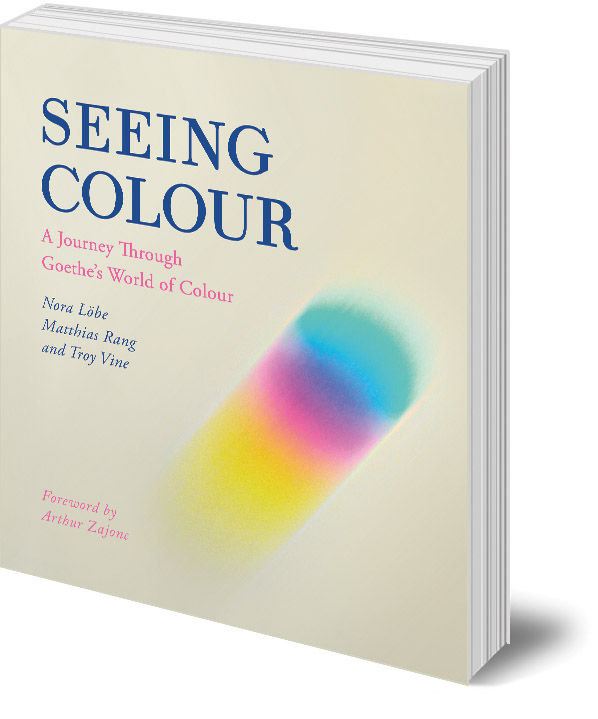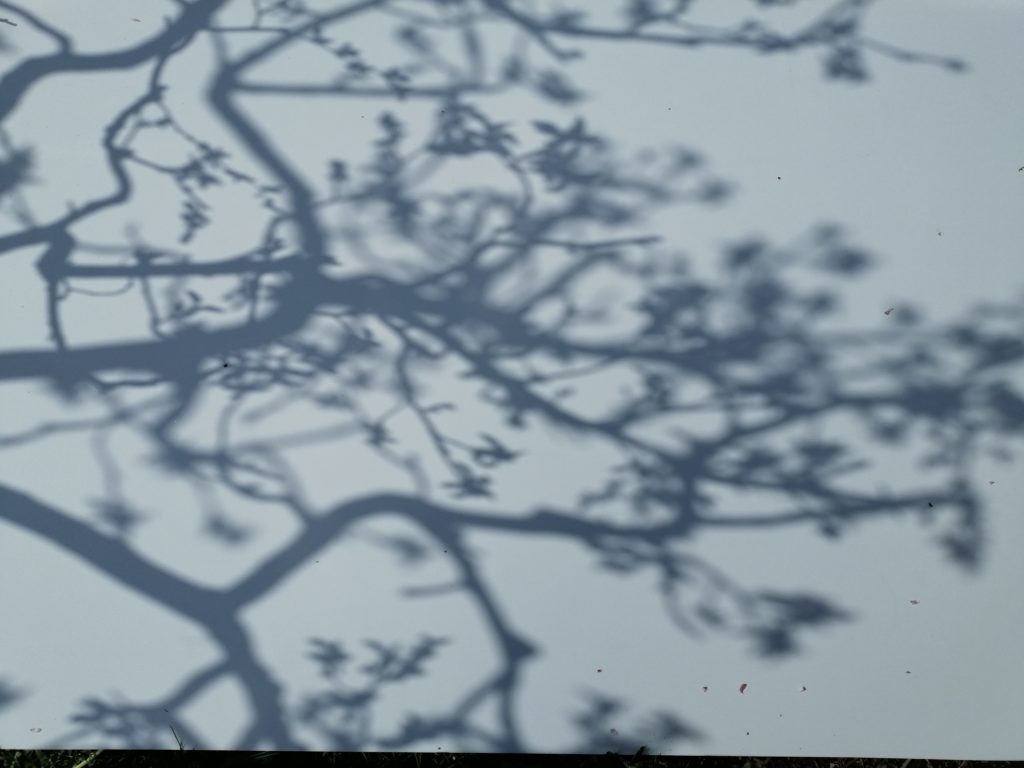Seeing Colour: A Journey Through Goethe’s World of Colour
by Floris Books • 19 February 2024 • Extract, Non Fiction • 0 Comments
Colour is everywhere.
From blue skies to red sunsets, from the first flowers in spring to the blazing leaves of autumn. But what is the nature of colour? Scientific books present a variety of mechanical explanations but this approach leaves colour as a whole unexplained.
Seeing Colour: A Journey Through Goethe’s World of Colour by Nora Löbe, Matthias Rang and Troy Vine, brings German poet and scientist, Johann Wolfgang von Goethe’s research up to date. Through descriptions of simple observations and ingenious experiments, readers will discover the underlying principles that govern colour itself.
In Seeing Colour, a thought-provoking read for colour enthusiasts and experts alike, readers will discover an accessible route to a new way of understanding colour
But to understand colour one must first understand light and its impact on how we see.
Sight and light
We do not see light. Rather we see sources of light and the objects illuminated by them. Yet when the sun is shining through a cloud over a lake, do we not see rays of light streaming down? Let us consider this question.
When the cloud has passed over the lake we see the image of the sun reflected in its surface. When the wind blows across the water, the solar image splinters into a thousand dancing reflections. Previously, when we saw the sun’s rays shining through the cloud, what we were seeing was not the light itself but thousands of little solar reflections, one for each droplet of water that reflected the light – the image of the sun – in our direction. So even in this example, we do not see light itself but rather miniscule images of its source.
Similarly, when we see objects – and even things like rainbows – what we see are actually thousands of reflections of the sun. However, due to the quality of the object’s surface, those reflections are far more diffuse. Returning to our example of the lake, when a strong wind blows across it the waters become rough and all we can see is the surface. The reflections of the sun disappear into the appearance of the surface itself. The same thing happens with a matt surface: solar reflections are diffused across it.
The invisibility of light
Light, then, is invisible, but it makes objects visible.
You can experiment with this outside on a dark night. If you shine a torch up at the sky, you won’t see the light. But if you place your hand or an object in front of the torch, light will suddenly appear. If there is smoke or water droplets in the air, light will also appear. In each case, though, we are not seeing light itself, but reflections of the light source. We could say that light makes sight possible.
Presentation and Representation
Light makes it possible for us to see. But what is it that we see? This question is not as straightforward as it might seem. Let us consider an example.
When we look at the sun, it is present in our visual experience of the world. The sun presents itself to us. But it is different when we see the shadow of a tree cast by the sun. The shadow does not only present itself to us as the sun did. It also represents something other than itself, in this case the tree. The shadow is not the tree, rather it is a representation of the tree.
There is a third phenomenon to consider. A small gap between leaves in the canopy of the tree casts a bright image of the sun in the shadow on the ground. Here the shadow no longer represents the tree, but the sun. During a solar eclipse we might notice that the shadows on the ground contain many bright crescent images. We had not noticed that the sun was being represented by the shadow too.
A small window can also cast a blurry image of the environment onto the wall opposite. Once we start looking out for this phenomenon we notice it more often than we might initially expect.
Find out more about Seeing Colour here.
Find more of our books on the Philosophy of the Natural World.



